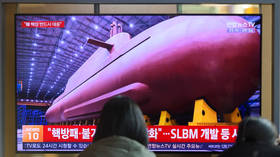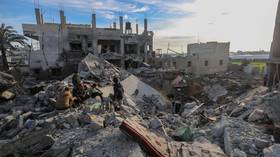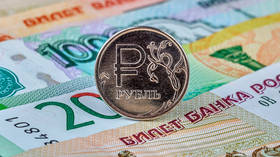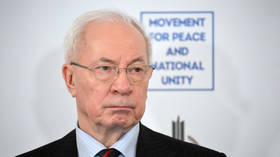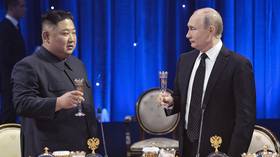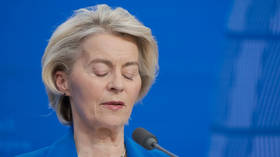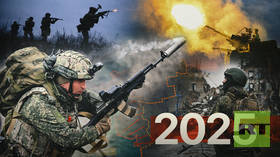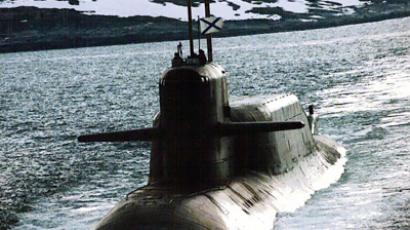Successful test launch for Russia’s Bulava missile
Russia's cutting-edge intercontinental ballistic missile, Bulava, has been successfully test-launched from a submarine in the White Sea. Equipped with 10 warheads with a 9,000-kilometer range, it is even capable of withstanding nuclear attack.
The Bulava is to become a fundamental part of Russia's nuclear arsenal. After a successful maiden launch in June, it was decided to put the missile into mass production. The latest launch was carried out from the nuclear-powered submarine Yury Dolgoruky in the Russian Far East on Friday. It is the 17th test launch of a Bulava missile. Seven have failed; ten have been successful, including all five of the most recent test launches. "The missile's warheads reached the firing range at the designated time, which was confirmed by objective control means," Russian Defense Ministry spokesman Col. Igor Konashenkov announced on Friday. The Bulava is Russia's newest submarine-launched three-stage solid propellant ICBM, with several separating warheads capable of altering their trajectories in-flight and hitting targets up to 9,000 km away.The nuclear-powered submarine missile cruiser Yury Dolgoruky, which is the head ship of Project 955 of the Borey class, will be accepted for service along with the new Bulava missile system.Eight similar Borey-class submarines will be built by 2020, in accordance with the state armament program. They are expected to be the main naval part of Russia's strategic nuclear forces for several decades. Each will be able to carry up to twelve ICBMs.



